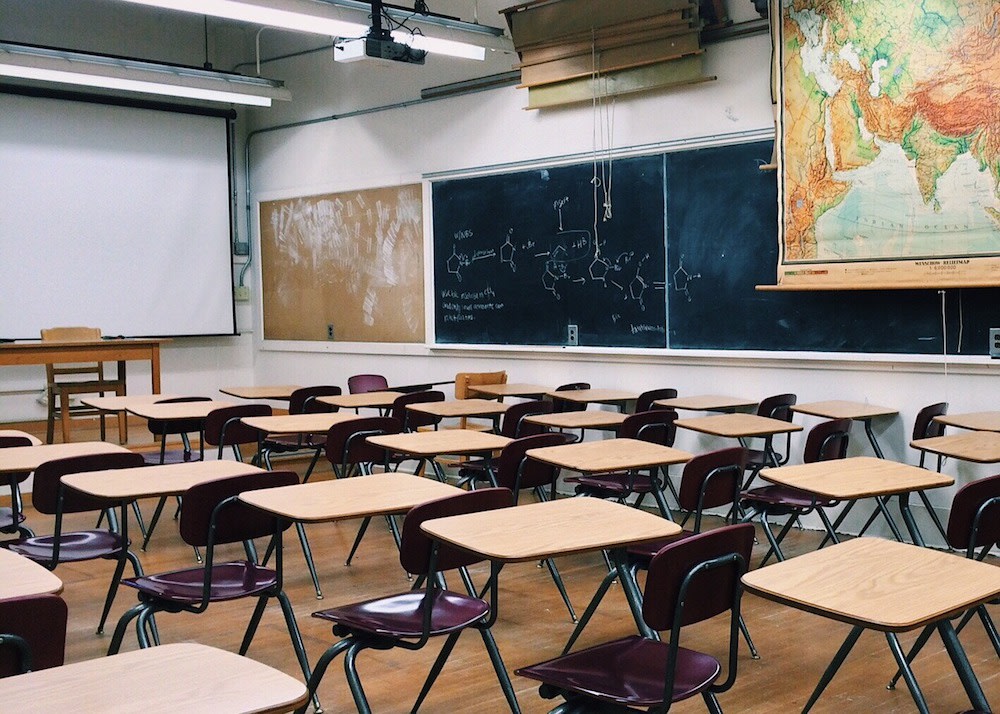A February report assessing cultural relevance in instructional materials found that in the Baltimore school district where eight out of 10 students are Black, the curriculum is focused on "negative aspects of African-American history—like slavery and Jim Crow—but paid little attention to positive contributions like the Harlem Renaissance."
This report comes on the heels of news of Texas students receiving textbooks that characterized Africans in the Atlantic slave trade as seemingly voluntary “workers,” not enslaved people. It also validates stories that show students are not receiving a firm grip on history, including slavery.
A thorough review of the Baltimore district's curriculum was conducted by Dr. Sonja Santelises, CEO of Baltimore City Public Schools, in partnership with the Johns Hopkins Institute for Education Policy and other organizations.
“We learned that much of our content did not provide mirrors and windows," said Santelises. "It didn’t reflect students’ own histories, and it didn’t give them opportunities to connect their experiences to other people’s histories and the larger world.”
Make sure you're following Blavity:Politics on Instagram and join our daily newsletter to stay engaged and informed.
The report further offers recommendations on how state and district leaders can ensure that classroom textbooks and materials are culturally competent and sensitive to the fabric of African-American history. Santelises and her team are reconstructing the district’s English language arts curriculum after an audit showed African-American history was reported in a biased way, among other deficiencies. In a video, Santelises highlighted these issues and her team's work to overhaul this system.
Chiefs for Change, a nonprofit, bipartisan network advocating for educational reform and diverse curriculum, summarized the importance of showcasing full Black history narratives and correcting implicit biases within curriculum and textbook materials in a report.
“America’s schools must give all children opportunities to see themselves in the content they learn, while also developing their knowledge about the people, places, ideas and events that have shaped the human experience.”
Now, check this out:
California High Schoolers Stage Walk Out In Protest Of New Durag Ban
Black Millennial Experiences Are Missing In New Report On Millennial Experience
